|
MONTESSORI CORAL REEF FIELD GUIDE INDEX
and
INTRODUCTION
INVERTEBRATES
MOLLUSCA (PHYLUM)
Mollusks
Gastropods (Univalves and Bivalves) (CLASS)
and Cephalopods (CLASS)
|
|
Gastropods (CLASS) |
|
Mesogastropoda, (Order) |
|
|
 |
| Habitat:
Grasses, in tidal
marshes and mangrove swamps.
New York to c. Florida and along the Gulf Coast to Texas. Size:
3/4-1 1/4" (1.9-3.2 cm) high
Food: algae, plankton, swamp grasses
Interesting Fact: Not found in
southern Florida or the West Indies
Zachary |
|
|
Marsh Periwinkle Snail FAMILY:
Littorinidae, Picture Montessori 5/2004 |
Other Sites:
Marsh Periwinkle |
| Univalves
(Order) |
|
|
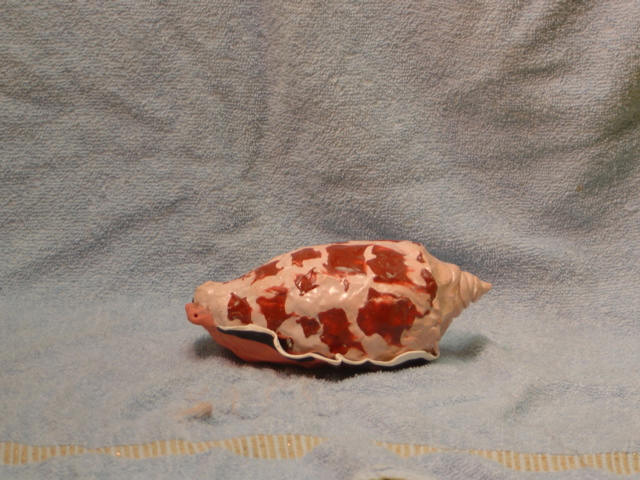
Picture - Montessori Magnet School
|
| Habitat: Deep sea, Gulf of Mexico, southeastern United States Size: Specimens as large as
11.3cm (5.4 inches)
Food: carnivorous, feeding on small marine invertebrate animals
Interesting Fact: Junonia is the state shell of Alabama.The shell is named for the Roman goddess, Juno, the protector of women.
Carolina: various sources
|
|
|
Junonia Shell
FAMILY: Volute |
Other Sites:
Volutes
Alabama DAH Volutes
Worldwide
Conchology |
|
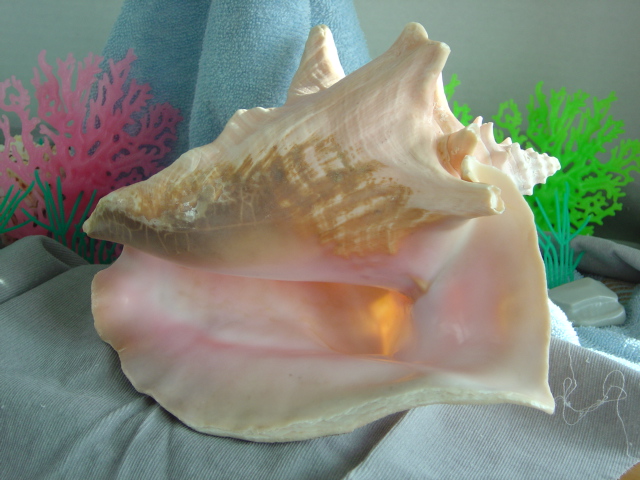
|
| Habitat: warm, semi-tropical and sub-tropical
waters Size: up to 30 cm long (12 in.)
Food: algae, and as larvae they eat plankton
Interesting Fact: Threatened
species.
Mrs. Fox
|
|
| Queen (Pink) Conch
Picture by Mrs. Fox FAMILY: Strombidae |
Other Sites:
Classification
Threatened
Species
Animal Diversity Web |
|

Picture by Mrs. Fox |
| Habitat: It
is found in great numbers in the Indo-Pacific region and especially around the
Great Barrier Reef in Australia. Size: 4 inches (10 cm)
Food:
It feeds on polyps among coral reefs.
Interesting Fact:
The cowrie is used to adorn clothes, make jewelry. One species was even used as money.
|
|
| Tiger Cowrie Shell
FAMILY: CYPRAEIDAE
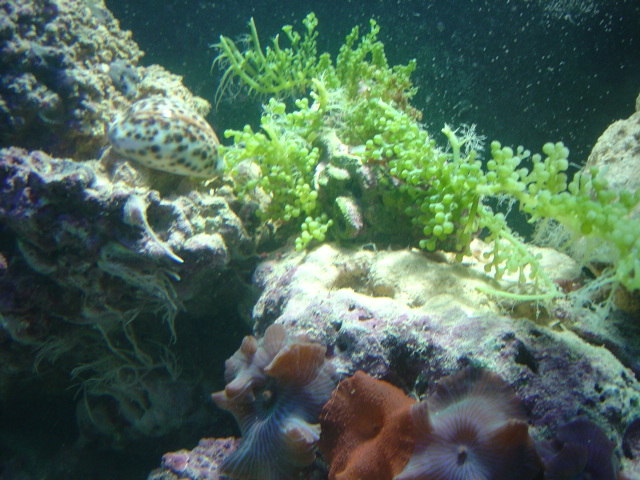 |
| Picture shows Tiger Cowrie shell in upper left corner. Picture by Mrs. Fox from Shedd Aquarium.
Other Sites:
About Cowries
|
|
|
|
|
 |
| Habitat: Common
to Indo-Pacific with exception of India and Hawaii. Found near coral
reefs. Size:
average size is 15 cm. (3" - 6")
Food:
Interesting Fact:
Also
called The Red helmut and The Cameo
Shell the thick shell is popular for use as
a base for cameo carvings.
|
|
| Bullmouth Helmet Shell
FAMILY: CASSIDAE |
Other Sites:
Shells |
|
 |
| Habitat: waters of the Atlantic from Cape Cod, Massachusetts to Cape Canaveral, Florida. Size: up to 24 cm (8 1/2 inches)
Food: clams (one a month)
Interesting Fact: The Knobbed Whelk is the state shell of Georgia.
|
|
| Knobbed Whelk Shell
FAMILY: Melongenidae |
Other Sites:
Georgia Shell
Club |
|
BiValves (Order)
- Oysters, Clams, Mussels |
|
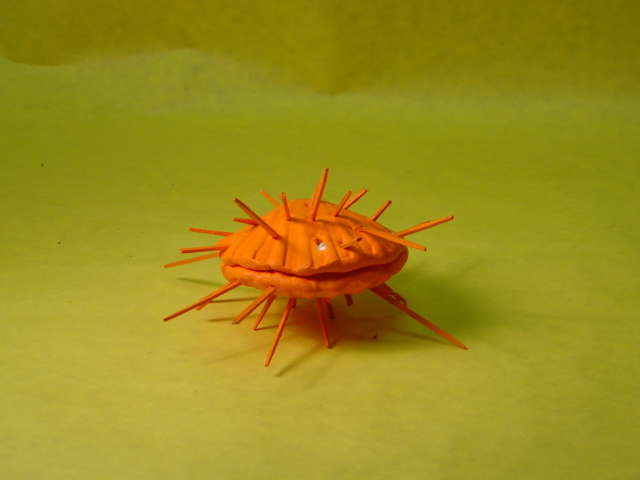 |
| Habitat: attach to sea bottom in coastal
areas; tropical areas Size:
Food: Most bivalves are filter-feeders, sifting food through their
gills, which also function as respiratory organs.
Interesting Fact: The hinge of this bivalve is a "ball and socket" hinge; most bivalves have a toothed hinges.
|
|
|
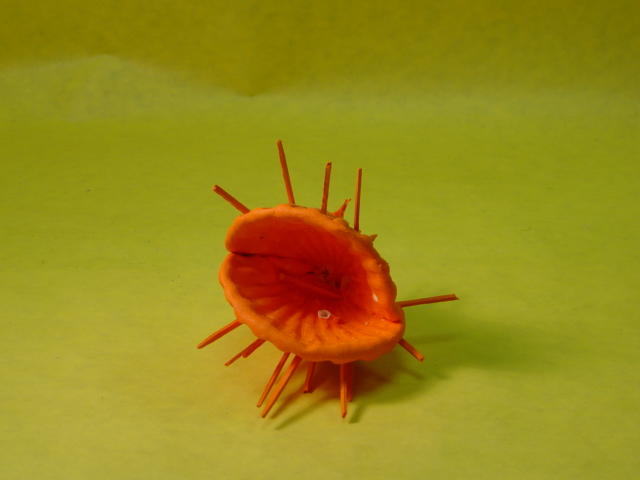 |
| More Interesting Facts:
TheThorny Oyster has multiple eyes around the edge of the shell.
|
|
|
Thorny Oyster FAMILY: Spondylidae. |
Other Sites:
Thorny Oysters
Bivalves
Thorny Oyster |
|
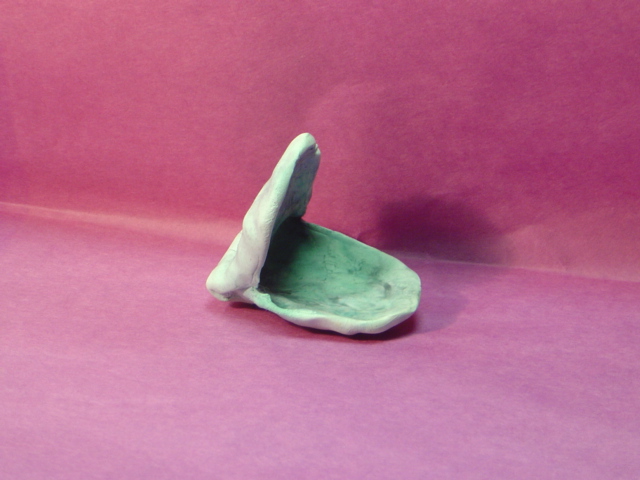 |
| Habitat: In sand or
mud in bays or inlets, from intertidal flats to water 50' (15 m) deep.
Gulf of St. Lawrence to Florida and Texas. Size:
2 3/4-4 1/4" (7-10.8 cm) long.
Food: algae
Interesting Fact: Important food source for humans.
|
|
| Quahog Clam |
Other Sites:
Shellfish: Clams |
|
Nudibranchs (Order) Sea Slugs |
|
|
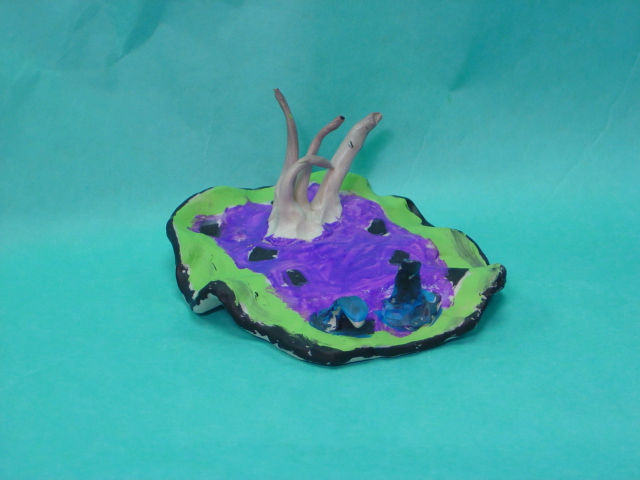 |
| Habitat: benthic i.e. they live on the
ocean bottom from
lower intertidal zone to depths
of over 700 m. worldwide distribution. Size: 50 cm to
200 cm
Food: Grazing carnivorous.
Interesting Fact:
Nudibranches are a diverse group. Little
is known about them due to a short life span and moving from place to
place. Many are poisonous or taste bad to likely predators.
|
|
| Nudibranch |
Other Sites:
Nudibranchs The Slug
Site |
|
Cephalopods (Class) |
|
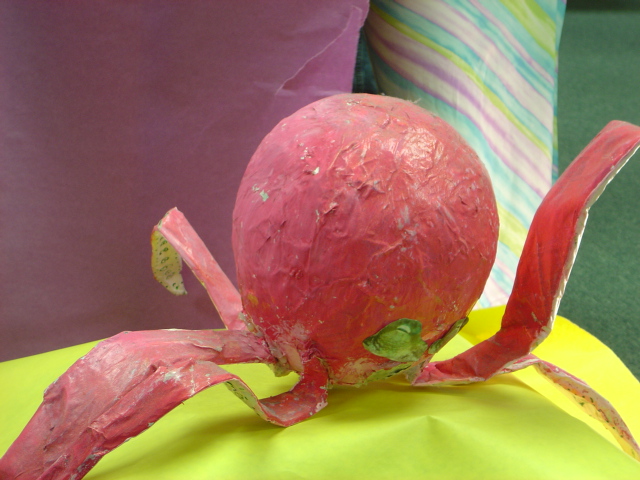 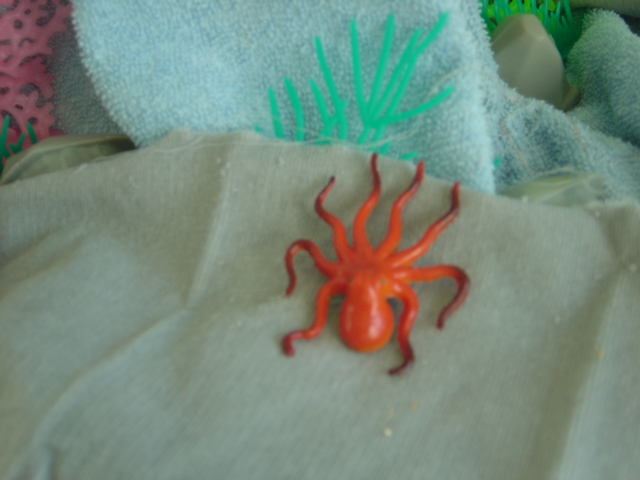 |
| Habitat: ocean floor; among rocks; near
continental shelf. Western Pacific Size: rarely larger
than 500 grams (1.1 lbs).
Food: fishes, Hermit crabs,
Interesting Fact: Can change colors and can escape
from aquariums.
|
|
|
Red Pacific Octopus
Family: Octopodidae |
Other Sites:Red Pacific Octopus
Pictures of Octopii |
|
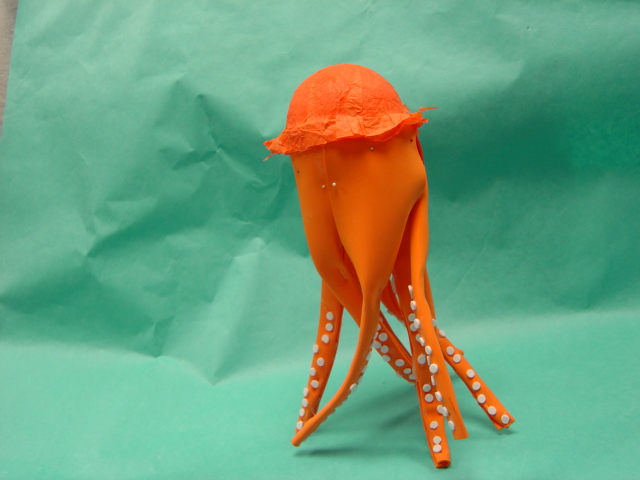 |
| Habitat: northwest and northeast Pacific Ocean
from Bering Strait to Korea, Central Honshu and Baja California. reside
relatively near the shore and continental shelf where depths do not
usually exceed 2,000m. Size: often exceeds 45 kg (100 lbs)
Food: crabs, lobsters, and other shellfish
Interesting Fact: Important member of the ocean
food chain both as prey and predator.
|
|
|
Giant Pacific Octopus
Family: Octopodidae
|
Other Sites:
More
Information
Giant Pacific Octopus
CephBase |